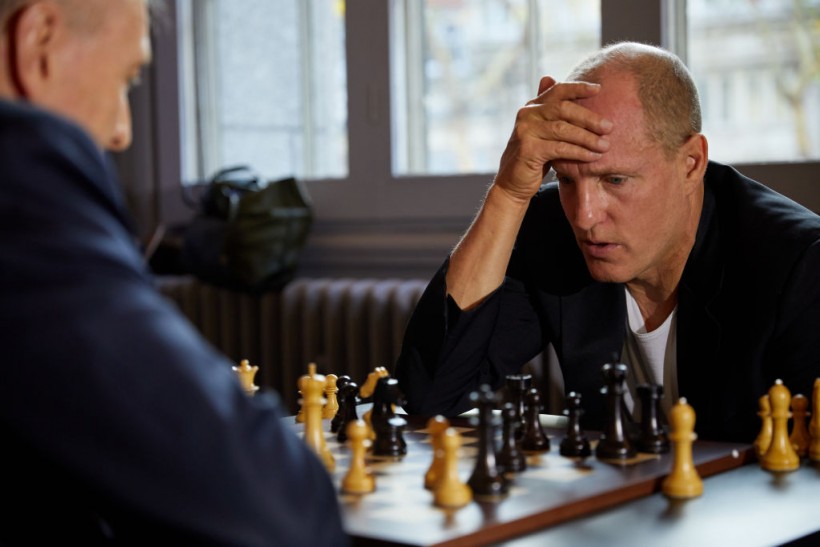A new study analyzing 125 years of expert chess games and performances shows that players reach their peak at the game after the age of 30.
While some physical traits - muscular strength, mass, and function - begin deteriorating around age 30, this new research suggests that the brain might be aging slower and more gradually. Researchers, after studying 125 years of chess history, documented it in a hump-shaped performance profile over their life cycle. The trend was observed across different generations of chess players, with the details of their study published in the Proceedings of the National Academy of Sciences.

LONDON, ENGLAND - NOVEMBER 09: Woody Harrelson attends the First Move Ceremony (Round 1) of the FIDE World Chess Championship Match 2018 on November 9, 2018, in London, England.
A Rapid Growth Before the Peak at 30
Before a chess player reaches his early twenties, scientists observed a rapid increase in the skill levels. The skill curve then slows down, forming a plateau sometime around 35 years old and peak close to age 40. After age 45, the curve starts to steadily decline. However, researchers noted that the cognitive decline after this age shows that this decrease is minor and statistically insignificant. This comes after the study accounted for factors among chess players - age, the color of chess pieces played, average game time, the generation the players belong to, as well as the strength of their opponents.
RELATED: Retired Chess Grandmaster, AlphaZero AI Reinvent Chess
Researchers state that the hump-shaped profile is "robust," compared to other performance measurements, time periods, and model specifications. To test their initial findings, researchers used their average (logarithmic) distance between their pawns' actual moves and the best moves identified.
To conduct the analysis, researchers used more than 24,000 chess game data from 1890 to 2014, noting that it covers "the best players in the world." The dataset includes more than 1.6 million move observations, covering games by chess world champions throughout their lives. Researchers also included the stakes included in the games - reputation and financial rewards - to work out possible incentive problems.
Researchers then compared the individual performance of historic chess players against an objective benchmark. They used a chess engine that identified the best possible move given a specific configuration - using it as a measure of the cognitive performance over time. It serves as the backbone of the proposed empirical strategy used by researchers in estimating the performance profile over the past 125 years.
RELATED: Complete Set of Viking Chess Unearthed in Lincolnshire, Will Be up for Sale Next Week
Chess as a Tool For Measuring Cognitive Abilities
While most studies focused on cognitive performance tend to measure the time it takes to arrive at a decision, or ability to recall memories, chess is notably different since skill at the chessboard also factors in years of experience as well as training.
In the paper, researchers explain the use of chess in psychological and neuroscientific studies as a cognitive task - combining thought processes related to problem solving, memory, and perception. "Chess has a complex neural basis of automated processes related to identifying the configuration of pieces and their relations on the board, which involve circuits of different brain regions," the paper noted.
Also, researchers argued that the quality of a chess move - compared with their objective reference - is a reflection of the performance in a mentally demanding task.
Check out more news and information about Chess in Science Times.














